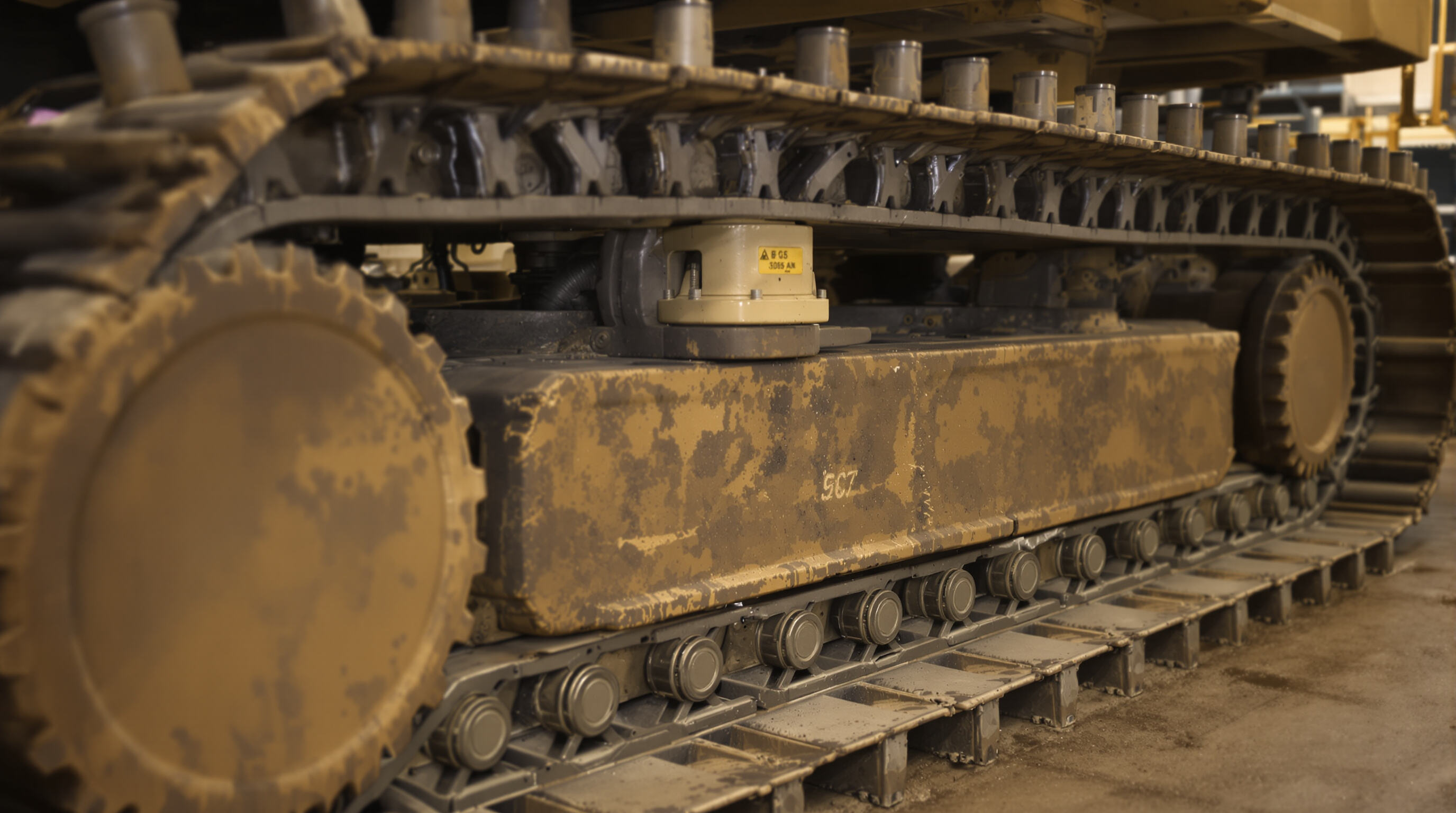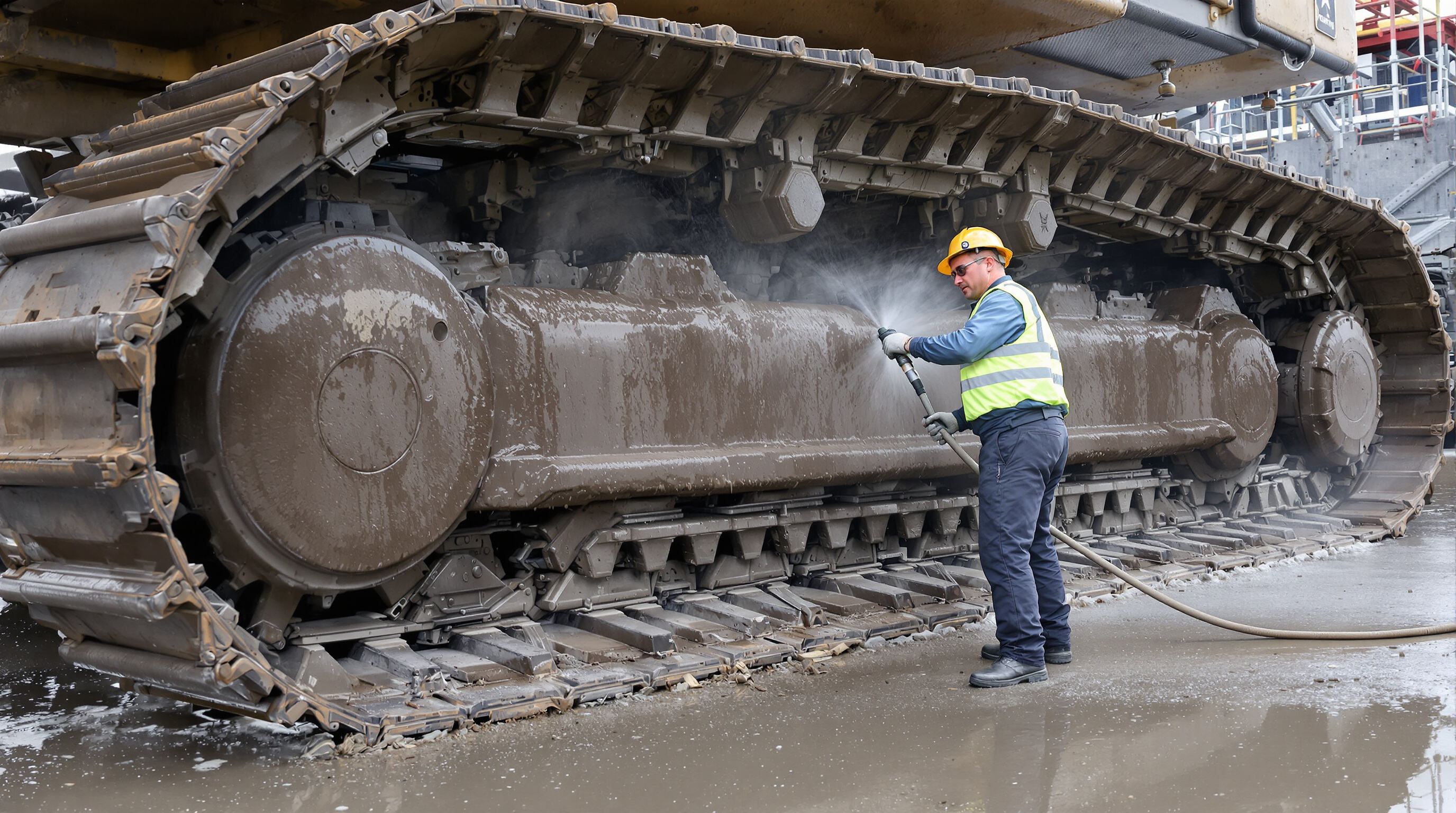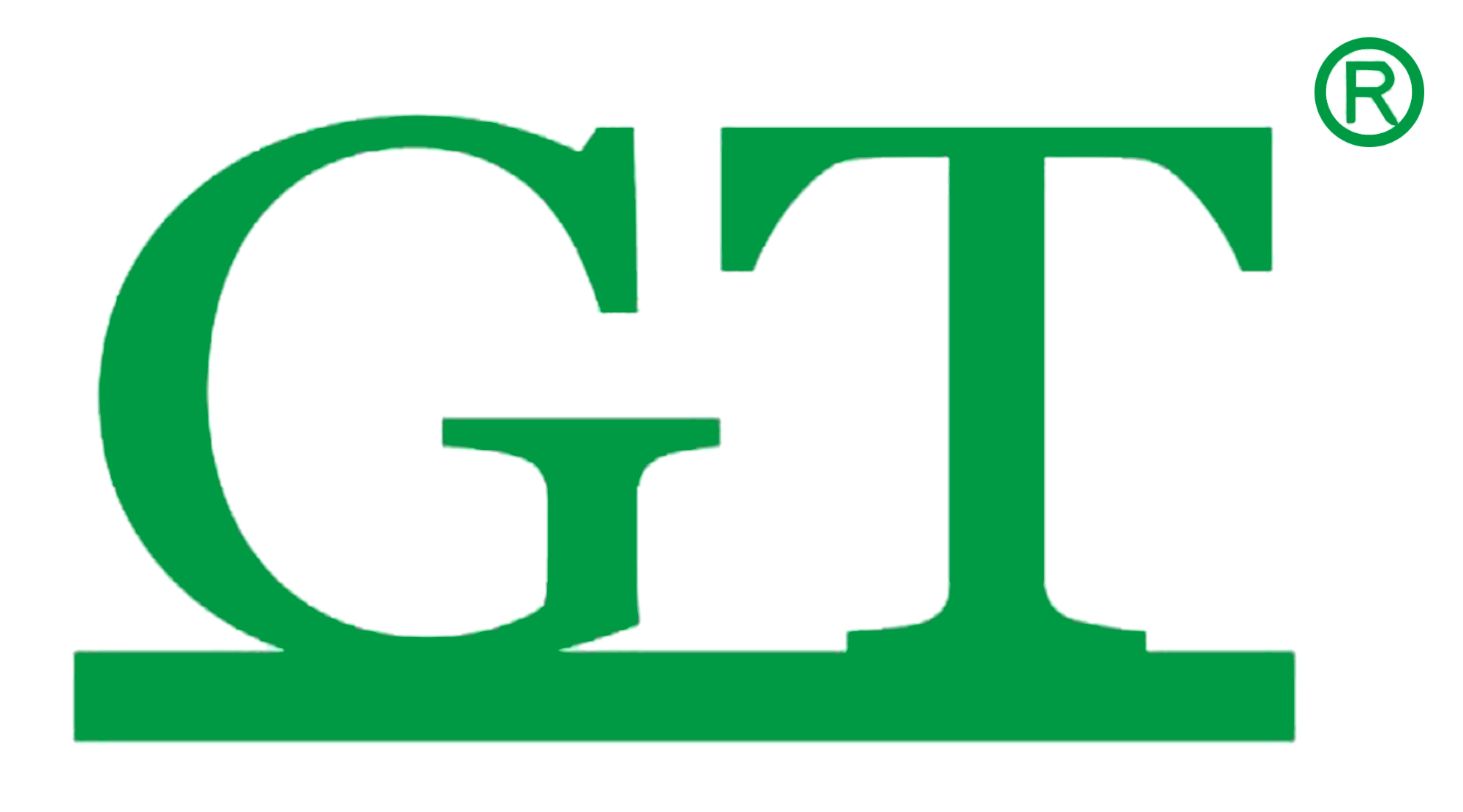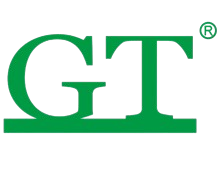Core Components of the Mining Undercarriage and Their Functions

Key undercarriage components: track chains, rollers, idlers, sprockets, and track shoes
The undercarriage system forms the base for all those big tracked machines used in mining operations, made up of five main parts working together. First off, the track chains create this endless loop that actually moves the machine forward. Then there are these rollers that spread out the massive weight of the equipment over rough ground without sinking in too much. The idlers keep everything lined up properly as the machine runs, making sure nothing gets misaligned mid-operation. Sprockets connect right into the chain links themselves, taking power from the engine and passing it along through the whole system. And finally, we have track shoes which touch the actual ground surface, giving the machine grip and stability. These come in various shapes depending on what kind of terrain they need to handle - soft dirt vs hard rock makes a big difference in design choices. All put together, this setup allows mining machines to haul weights well over 100 tons across some seriously tough landscapes found deep inside mines. When everything works as intended, operators get smooth power delivery throughout the machine and significantly less disturbance to the surrounding earth when moving around on shaky ground.
How track links, sprockets, and shoes enable traction and mobility in harsh conditions
Track links interlock with drive sprockets to convert engine torque into linear motion—essential for climbing inclines up to 30°. Track shoes enhance this system through:
- Grouser patterns that grip loose substrates
- Reinforced heel blocks that resist impact
- Self-cleaning geometries that prevent material buildup This integrated traction system maintains momentum through mud, scree, and fragmented rock where wheeled machines would stall. Field data shows crawler systems achieve up to 40% higher grading efficiency on unstable surfaces by reducing slippage and ground disturbance.
Interdependence of components and cascading wear effects
When parts depend on each other in machinery, one small failure often leads to bigger problems across the whole system. The teeth on sprockets start wearing down first, which throws off how the track chain fits together properly. This creates extra sideways pressure on those little wheels called idlers and rollers. We've seen this happen quite a bit actually, where the lifespan of the undercarriage drops around 30-40% when working in really rough conditions. Take worn out sprockets for example they make the track links move in ways they shouldn't, gradually breaking down the bushings and damaging the edges of the rollers. Engineers have studied this stuff extensively and found that all these components work together like pieces of a puzzle. That's why regular checks matter so much for figuring out when parts need replacing before something breaks completely.
Critical Impact of Undercarriage Maintenance on Operational Efficiency
Reducing Downtime and OPEX Through Proactive Undercarriage Care
Regular care of the undercarriage can cut down unexpected breakdowns anywhere between 25 to 40 percent, while also saving money that would otherwise go toward replacing parts too soon. Simple routines like cleaning off dirt every day and making sure the tracks are properly tensioned help prevent those annoying spots where components wear out faster than they should. Take for instance when someone forgets to clear all that packed mud off the track chains. Left alone, this mess turns into tiny abrasives that chew away at pins and bushings much quicker than normal. Most mechanics will tell you that taking these steps regularly adds about 400 to 600 extra hours onto the lifespan of equipment before needing major repairs.
Failure Analysis: Common Causes of Roller, Idler, Sprocket, and Track Link Degradation
Component degradation typically stems from three primary factors:
- Contamination: Dust and moisture entering roller bearings increase friction, leading to overheating and failure.
- Misalignment: Improper track shoe installation or operation on uneven terrain strains pivot points, accelerating sprocket wear.
- Corrosion: Prolonged exposure to acidic water or slurry weakens boron-treated steel components by up to 30%.
These issues often cascade—worn track links place abnormal stress on idlers, resulting in costly multi-component replacements.
Following Manufacturer Guidelines for Peak Undercarriage Performance
Adhering to OEM-recommended maintenance intervals extends component lifespan by 22–35% compared to irregular servicing. Key practices include:
- Greasing frequency: Lubricate pin/bushing joints every 250 hours in abrasive conditions, or every 500 hours under standard operations.
- Torque specifications: Tighten track shoe bolts to 450–500 Nm to prevent loosening during high-impact work.
- Inspection protocols: Use wear gauges monthly to monitor roller flange thickness; replace when below 2mm, the standard threshold for most mining equipment.
Operators who follow these guidelines and incorporate real-time wear monitoring achieve over 95% undercarriage availability across multi-year cycles.
Daily Inspection, Cleaning, and Track Tension Best Practices

Essential daily checks for early detection of wear and damage
Begin each shift by inspecting key undercarriage components for:
- Cracks or deformations in track shoes and link assemblies
- Loose fasteners in roller frames and idler mounts
- Fluid leaks near hydraulic lines and final drive seals
Consistent daily inspections reduce unplanned downtime by 18% compared to reactive maintenance (2024 Heavy Equipment Reliability Report). Pay close attention to uneven wear patterns, which often indicate misalignment or improper track tension.
Effective cleaning techniques to remove debris and prevent corrosion
After operations, use high-pressure water jets (1,500–2,500 PSI) to remove abrasive materials from track chains and roller cavities. In corrosive environments, apply biodegradable rust inhibitors to exposed metal surfaces. A study of Australian iron ore mines found that daily cleaning extended undercarriage lifespan by 23 months compared to weekly routines.
Optimizing track tension: Measuring sag and avoiding over- or under-tensioning
Proper tension balances wear and mobility:
| Condition | Sag Measurement | Impact |
|---|---|---|
| Ideal Tension | 1.5"–2" | Even roller load distribution |
| Over-Tensioned | <1" | 43% faster sprocket wear |
| Under-Tensioned | >3" | 68% higher derailment risk |
Follow OEM specifications using laser-guided tools. Operators in variable ground conditions should recheck tension every 4 operational hours.
Case study: Extending component life through proper track tension management
A Chilean copper mine reduced annual undercarriage costs by $217,000 after implementing:
- Real-time tension monitoring via IoT sensors
- Dynamic adjustment protocols for elevation changes
- Operator certification for tension calibration
This 14-month initiative improved track shoe lifespan by 30% and cut idler replacements by 42%, demonstrating the return on investment from systematic tension management.
Lubrication, Sealing, and Wear-Resistant Material Strategies
Proper Greasing Practices for Rollers, Idlers, and Track Joints
Correct lubrication reduces friction by 37% in mining undercarriage systems (Journal of Industrial Tribology 2024). Apply high-pressure lithium-complex grease to roller bearings and idler shafts every 50–80 operating hours, focusing on pivot points under multidirectional stress. Avoid over-greasing track joints—excess lubricant attracts abrasive particles, accelerating wear by 22% according to field studies.
Maintaining Seal Integrity to Preserve Lubrication and Prevent Contamination
Modern dual-lip seals with spring-loaded elastomers reduce contaminant ingress by 89% compared to traditional designs. During daily inspections, check for:
- Cracking: Indicates UV or chemical degradation
- Hardening: Suggests thermal stress above 300°F
- Lip deformation: Signals improper installation or overload
Advanced Materials: The Role of Boron Steel and Induction Hardening in Durability
Boron-enriched alloy track chains last 2.8 times longer in acidic environments than standard carbon steel. Induction hardening creates a durable 55–60 HRC surface layer on sprocket teeth while preserving a tough core—proven effective in recent metallurgical research.
Lubrication Schedules Tailored to Operating Conditions and Equipment Load
| Factor | Adjustment Requirement | Impact on Interval |
|---|---|---|
| Ambient >104°F | Switch to synthetic high-temp grease | Reduce by 20-30% |
| Slurry contamination | Install auxiliary wiper seals | Increase by 15% |
| Continuous heavy load | Use EP (extreme pressure) additives | Maintain standard |
Operators maintaining 92% compliance with condition-based lubrication report 41% lower component replacement costs (Mining Maintenance Report 2024).
Environmental Factors and Preventive Maintenance Planning
How Ground Conditions and Environment Influence Mining Undercarriage Wear Rates
Equipment undercarriages tend to wear down about 2 to 3 times quicker when operating in really rough, abrasive conditions. According to Heavy Equipment Journal from last year, machines working on rocky ground see their rollers and bushings degrade around 40% faster than normal. The problem gets worse in certain environments too. Acidic soil eats away at those track shoes over time, and wet clay sticks to components causing premature fatigue in the track links. Salt miners know this all too well since chloride corrosion can cut parts lifespan by nearly a third, especially where pivots meet and seals need protection. These factors make maintenance scheduling absolutely critical for fleet managers trying to keep downtime low.
Selecting the Right Track Shoes for Abrasive, Rocky, or Muddy Terrains
- Abrasive Quarries: Boron-enforced shoes with induction-hardened edges resist silica-rich wear
- Rocky Excavations: Interlocking pad designs prevent stone entrapment and maintain ground clearance
- Muddy Sites: Wide-gapped grouser patterns reduce clay buildup that strains final drives
A 12-month trial showed 57% longer shoe life when tread patterns matched ground hardness indices (ASTM D5874 standard).
Operator Training and Preventive Strategies to Maximize Uptime and Lifespan
Certified operators using terrain-aware techniques reduce track chain stress by 18% (Mine Safety Council). Predictive maintenance programs combining:
- Infrared scans for friction hotspots
- Lubricant viscosity trend analysis
- 3D wear mapping of sprocket profiles
allow component replacements 20–35 hours before failure in high-cycle environments, maximizing uptime and lifespan.
FAQ Section
What is the role of track chains in a mining undercarriage?
Track chains form an endless loop that moves the mining equipment forward, crucial for its mobility.
Why is regular undercarriage maintenance important for mining machinery?
Regular maintenance reduces unexpected breakdowns and extends the lifespan of components by preventing premature wear and tear.
How does the environment affect undercarriage wear rates?
Environments with abrasive, acidic, or wet conditions significantly increase wear rates and can cause premature fatigue in undercarriage parts.
What kind of track shoes are best for muddy terrains?
Wide-gapped grouser patterns on track shoes are ideal for muddy terrains as they help reduce clay buildup and prevent strain on final drives.
Why is track tension management critical in mining operations?
Proper track tension management helps balance wear, reduces the risk of derailment, and prolongs the lifespan of undercarriage components.
Table of Contents
- Core Components of the Mining Undercarriage and Their Functions
- Critical Impact of Undercarriage Maintenance on Operational Efficiency
- Daily Inspection, Cleaning, and Track Tension Best Practices
- Lubrication, Sealing, and Wear-Resistant Material Strategies
- Environmental Factors and Preventive Maintenance Planning
-
FAQ Section
- What is the role of track chains in a mining undercarriage?
- Why is regular undercarriage maintenance important for mining machinery?
- How does the environment affect undercarriage wear rates?
- What kind of track shoes are best for muddy terrains?
- Why is track tension management critical in mining operations?




